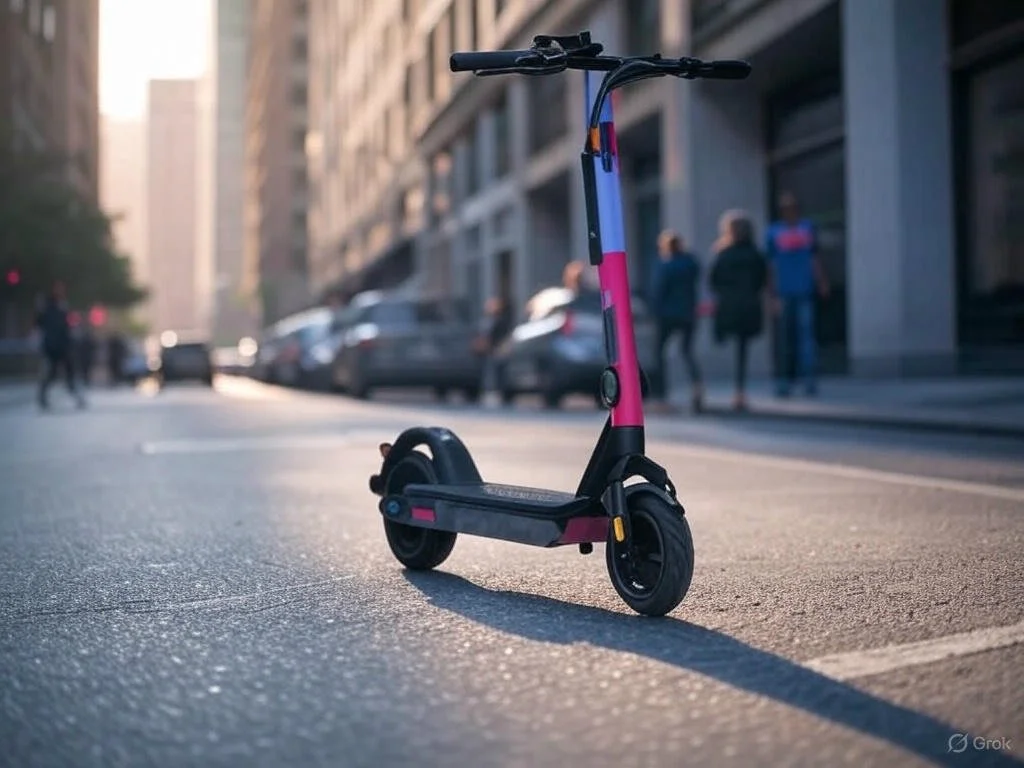Interactive design in micromobility enhances planning by turning complex data into actionable insights for bikeshare systems. Tools like Bikeshare Pro enable data-driven station placement, demand forecasting, and performance evaluation using models trained on data from multiple cities. Interactive features support real-time rebalancing, helping identify surplus and deficit stations and optimize bike relocation strategies. The platform also includes tools for e-bike planning, cost analysis, and transit integration, allowing planners to simulate scenarios, refine designs, and improve service delivery in a flexible and responsive environment.
Expansion Planning
Data-Driven Design: Plans networks in new cities using models trained on data from 12 existing systems.
Ridership Prediction: Uses ML models to forecast demand based on local context.
Station Optimization: Suggests station locations based on ridership, equity, and access goals.
Performance Insights: Analyzes availability, relocation needs, and cost/revenue trends.
Real-Time Re-balancing
Rebalancing Optimization: Solves a pickup and delivery problem to redistribute bikes between surplus and deficit stations.
Live System Data: Uses real-time data from Bikeshare Toronto to monitor station availability.
Policy Control: Allows adjustment of thresholds for minimum/maximum bikes and prioritizes key stations.
Custom Fleet Settings: Supports truck capacity inputs; multi-vehicle extension in progress.
